Introduction
We often hear that inbound is dead, or outbound is obsolete. Every six months someone makes one of those declarations. Yet in 2025 the more accurate view is that neither strategy alone is sufficient. B2B Go To Market Strategies must be an ecosystem in which inbound, outbound and signal-driven activity all support each other.
Inbound is becoming less effective on its own. For example HubSpot has shifted away from the pure inbound methodology toward a “loop” approach. This reflects a broader trend: buyers are changing how they search, consume content, and evaluate vendors. Outbound has evolved too: “spray and pray” doesn’t work. What does work is outbound informed by signals.
In this guide I explain why inbound alone is no longer enough, how outbound has evolved, what signals are and why they matter, how to construct a strategy combining all three, how to organise your team’s day around them, and what tools & resources you can use.
Why inbound alone is losing strength
The changing buyer journey
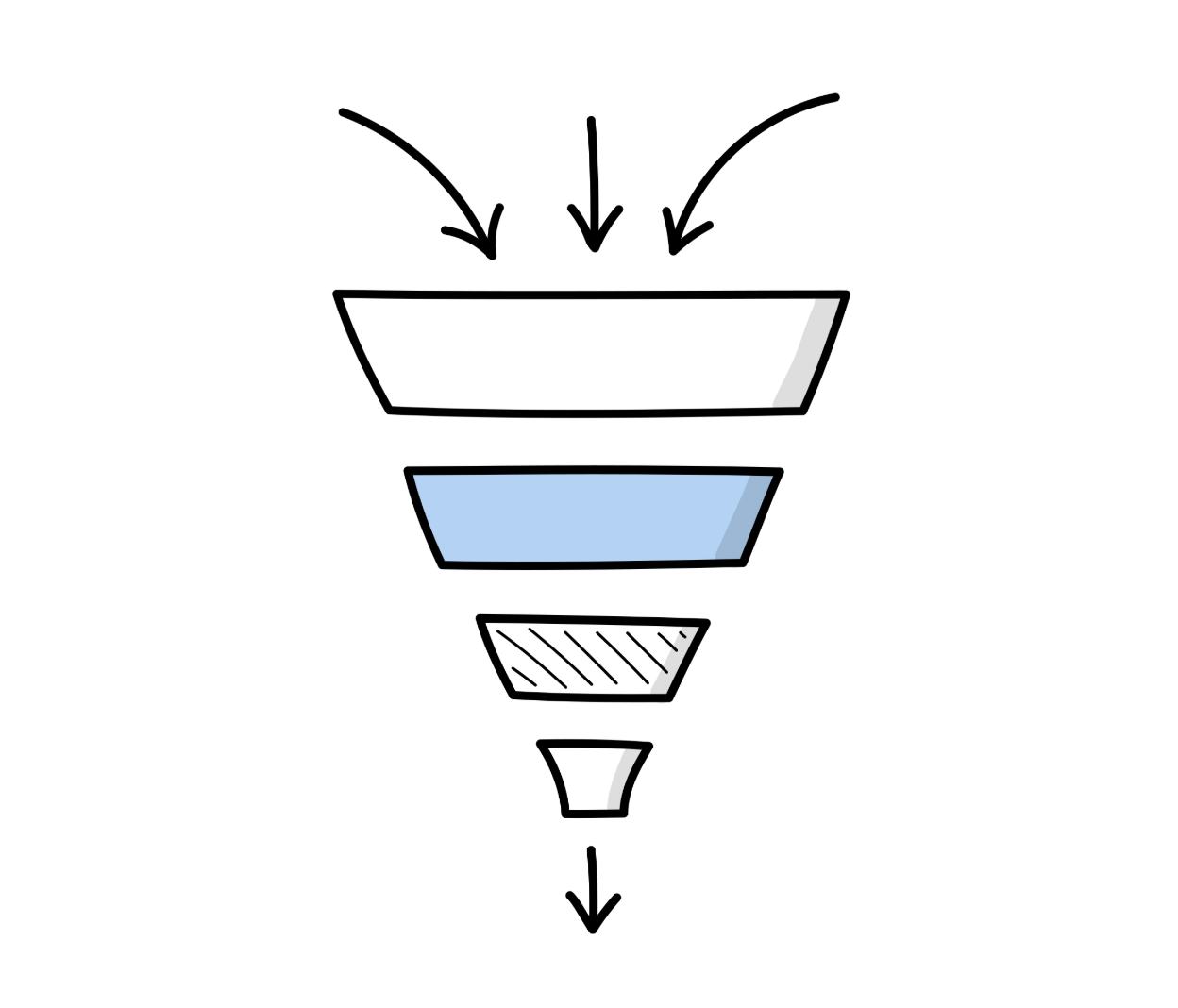
The classic funnel – awareness, consideration, decision – was never this neat. It was helpful in showing that content must meet buyers at different stages. But reality has always been messier.
A 2019 Gartner diagram showed that buyers loop back: they do research, revisit websites, download reports, then revisit again. Since then the journey has become even more fragmented.
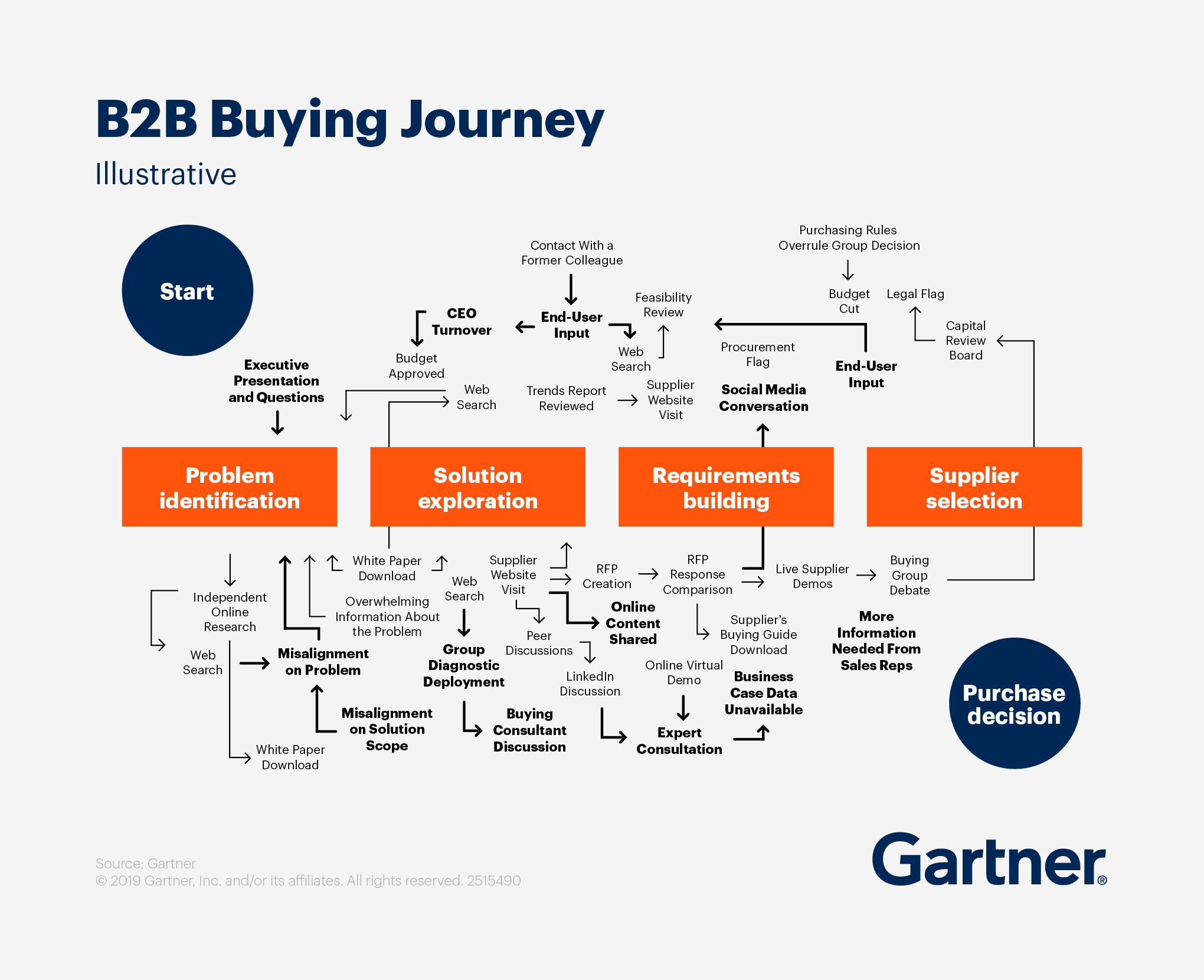
Buyers now use:
- Reddit threads, Slack groups, WhatsApp communities to get peer insights
- AI tools like ChatGPT for short-listing vendors
- Private or semi-private channels for discussion (dark social) where marketers often can’t see what is happening
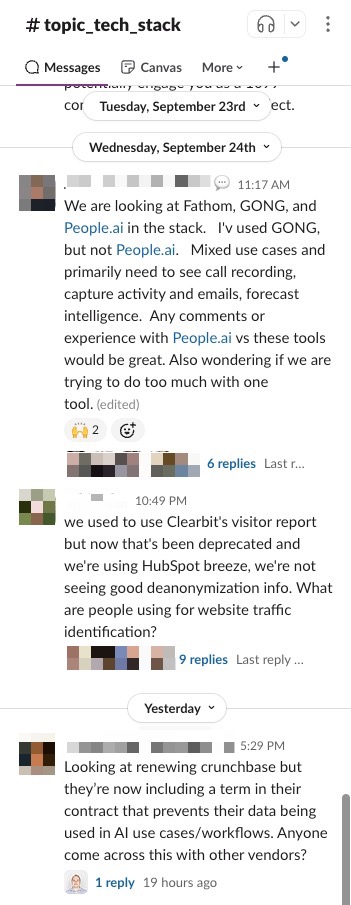
These behaviours reduce the visibility that inbound content alone achieves, meaning that just producing content is not enough.
Evidence: inbound’s ROI advantages, but increasing cost & competition
Inbound still has strong advantages in cost per lead, trust and lead quality. Some statistics:
- Inbound marketing can cost up to 61% less than traditional outbound methods per lead. Sender
- 59% of sales teams say inbound gives higher-quality leads versus 16% favouring outbound. Sender
- Companies that use lead nurturing processes have more sales-qualified leads at about 33% less cost. Sender
- Automating lead management tends to increase revenue by about 10% over 6-9 months. Sender
These statistics confirm that inbound remains powerful especially when done well and consistently. But the challenge is:
- Competition and content saturation are increasing
- SEO changes, platform algorithms, and zero-click search results reduce traffic to websites
- Dark social and private channels reduce visibility of content sharing and thus reduce what content can achieve unassisted
Thus inbound remains necessary but insufficient if it is used in isolation.
The evolution of outbound
Why old outbound doesn’t work well anymore
Outbound used to be mass lists, generic cold emails, high volume cold calling. That model loses effectiveness because:
- Buyers are overloaded with outreach and better at filtering/intercepting messages
- Many outbound messages come without context and feel interruptive rather than helpful
- Trust and relationships increasingly matter; buyers expect sellers to understand their context before outreach
What outbound looks like when done well
Modern outbound is signal-driven. Meaning outreach is triggered by observable events or changes which indicate readiness or increased probability of engagement. Examples of signals include:
- Recent funding rounds
- New leadership hires
- Job postings for roles tied to your solution (e.g. hiring DevOps, hiring data scientists)
- Product launches or expansions
- Website activity or intent data (visits, downloads)
Using signals improves relevance, timing, and personalisation. It lets outbound teams target the 3 per cent of the market who are actively buying and the 7 per cent who are open to buying (based on frameworks such as that from The Ultimate Sales Machine).
Understanding market readiness & buyer behaviour
To plan properly you need to understand where the market stands in terms of readiness. Here are some useful models and data:
- Chet Holmes’s Model divides the market into 3 per cent actively buying, 7 per cent open, and 90 per cent not yet ready. This helps focus signal-driven activity on the 3 + 7 per cent while using broader campaigns to stay top of mind with the rest.

- McKinsey’s 2024 B2B Pulse Survey (nearly 4,000 decision-makers across sectors & geographies) found several truths: omnichannel sales, digital self-serve, hybrid interaction preferences etc. For example, buyers now use an average of ten different interaction channels in their journey. McKinsey & Company
Buyers expect seamless transitions between channels (digital, in-person, remote), and they want experiences that adapt to their preferred mode of interaction.
How to build a combined strategy: inbound, outbound and signals
Here is a step by step guide to building a strategy that uses all three in synergy.
Step 1: Define your ICP and segment deeply
ICP means Ideal Customer Profile. Often this is defined too broadly. To make signal-driven outbound work well, and to ensure inbound content is relevant, you must segment. Some dimensions:
- Company size or stage (for example scale-ups, enterprise, established)
- Geography or region if that matters
- Technographics or industry verticals
- Personas within those companies who feel the pain your product solves
Doing this segmentation allows you to map signals and messaging to each segment/persona.
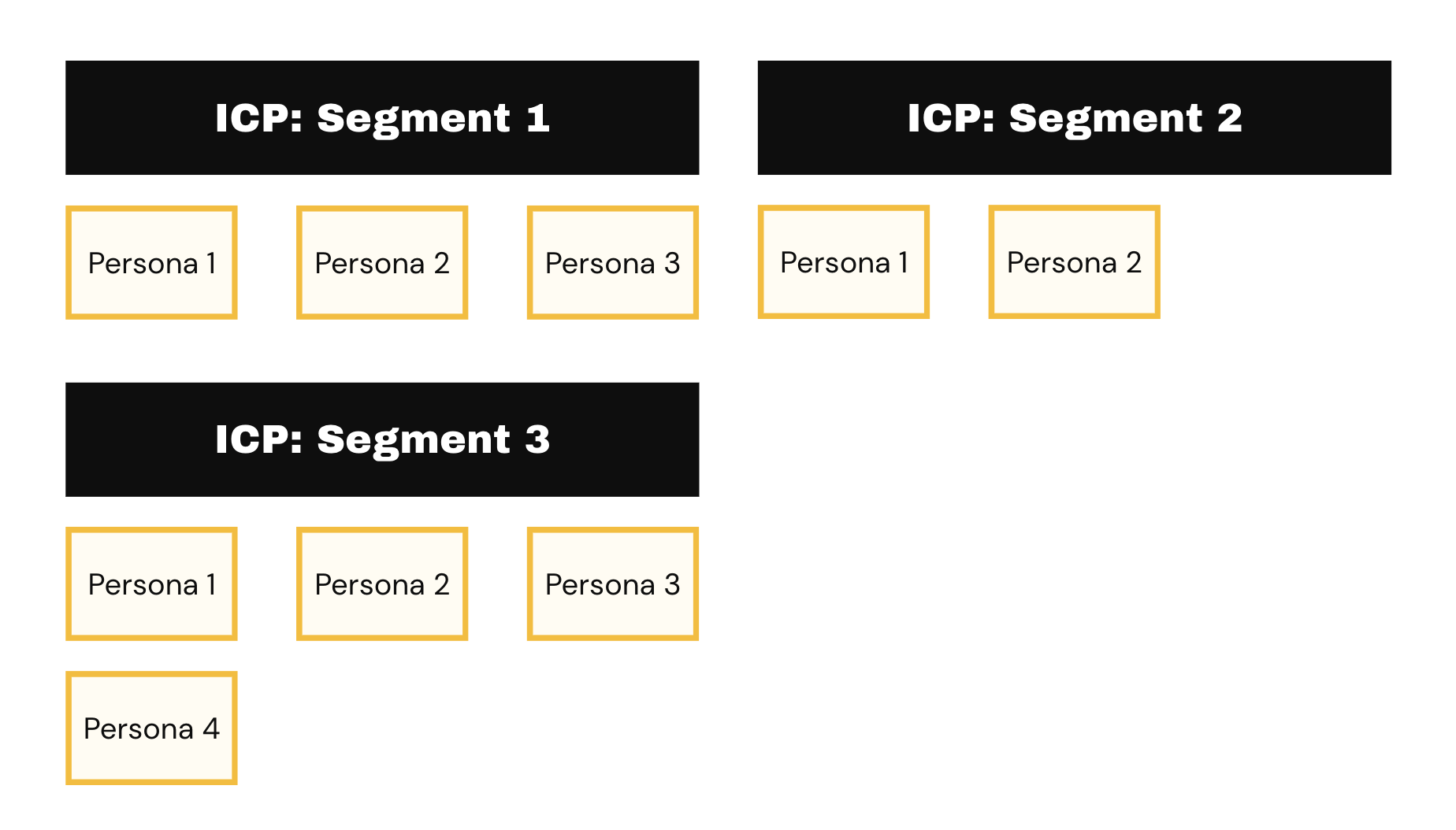
Step 2: Collect and map signals
Identify which signals are most predictive for your ICP segments. Examples:
- Funding / investment news
- Changes in leadership (C-suite, department heads)
- Hiring new teams aligned to your solution
- Product launches, launches of new features or markets
- Company changes – mergers, acquisitions, expansions
Also map persona-level signals (for example: someone in a certain role showing interest via content, downloading whitepapers, repeated web visits).
Step 3: Develop signal playbooks
For each signal type and for each ICP/persona segment define:
- The hypothesised outcome (what you think the trigger suggests)
- Messaging angles for that persona or segment (why this signal matters to them)
- Sequences / templates / scripts (one-to-one messages for high-signal cases, more automated sequences for lower signal)
- Timing rules (how quickly you act after a signal, what follow ups, when to escalate)
- Metrics: conversion rate, time to close, response rate, pipeline value
Platforms like ZoomInfo GTM Studio allow you to automate the running of these playbooks.
Step 4: Structure your team’s day / workflows around priority
Once you have your ICPs, signals, and playbooks, organise your team’s daily or weekly routine to prioritise tasks by signal tier. For example:
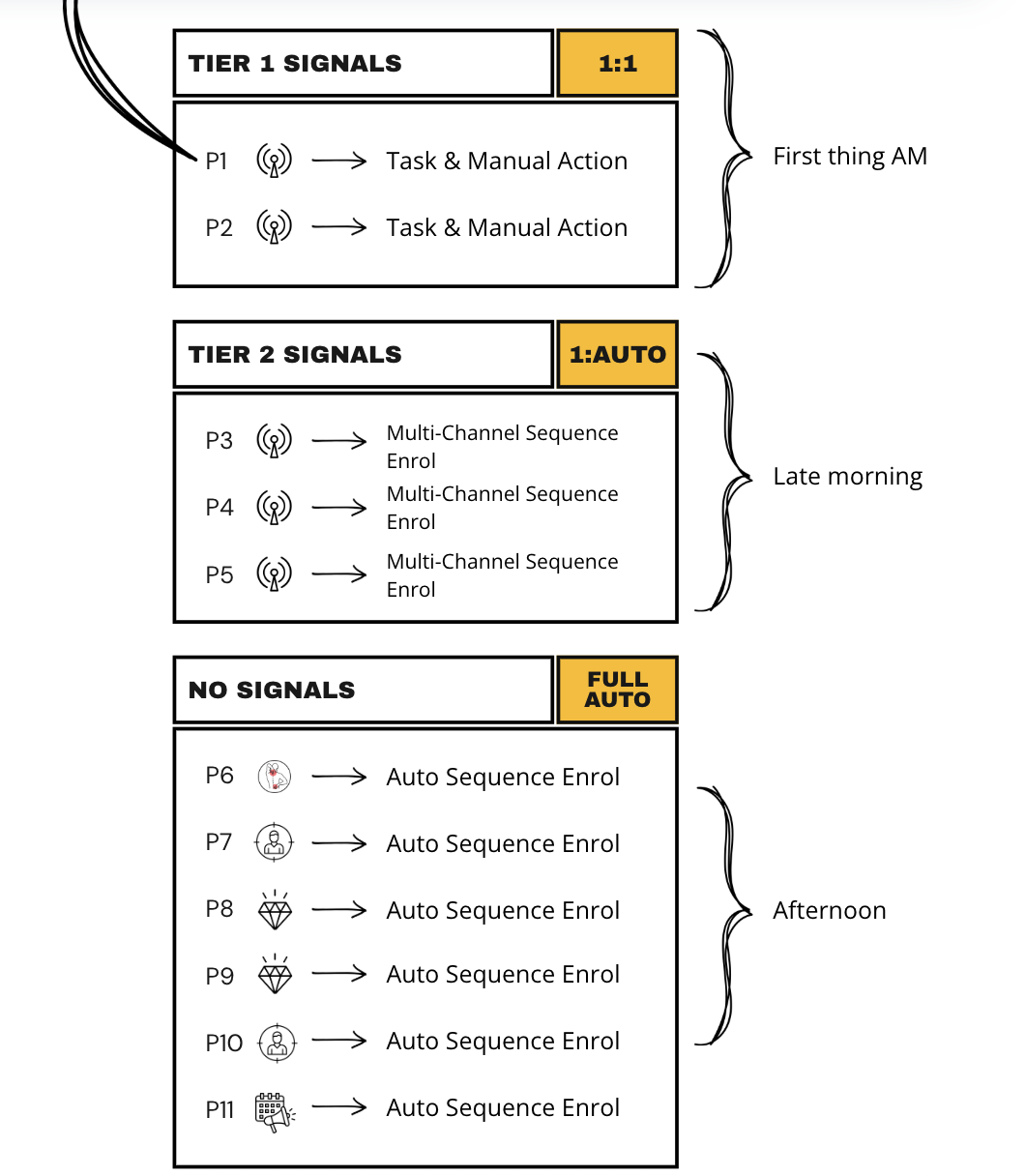
This ensures the highest priority leads get attention early in the day, while broader outreach ensures covering the rest of the market.
Step 5: Maintain inbound content & awareness “air cover”
While signals and signal-driven outbound are high priority, inbound content must still be strong. Why:
- It helps capture the attention of active researchers and supports SEO and discovery
- It builds credibility, authority, trust – these matter, especially when buyers consult peers, analyst reports, community discussion
- It ensures that when signal campaigns reach people, there is appropriate content to back up the message
Inbound content could include blogs, whitepapers, short reports, case studies, video, webinars, analyst content.
Step 6: Use tools & technology
To operate at scale, signal detection and campaign execution require tools. Some functionalities to look for:
- Intent data tools (e.g. ZoomInfo) that tell you when accounts are showing interest
- GTM Intelligence platforms (ZoomInfo) that let you build workflows: assigning tasks, triggering sequences when signals appear, alerting SDRs etc
- Good data quality, refresh cycles, deduplication
- Analytics to measure which signals lead to pipeline, which personas respond best, which messages convert
Resources you can use immediately
Before I conclude, here are practical resources you can use now to accelerate implementation:
- B2B Sales Trigger Matrix
A framework that organises signals at levels: individual, account, persona. It helps you decide which signals to track, how many, how weighted, and who to assign them to.
B2B Sales Trigger Matrix – Yellowo.co.uk [25] - ZoomInfo’s GTM Plays and Signals
Beyond being a signal catalogue, ZoomInfo enables you to build workflows inside your ZoomInfo account: alerts, tasks, automated outreach based on signals. That turns theory into action.
ZoomInfo’s GTM Plays and Signals Airtable
The bigger picture
In 2025 and beyond the GTM teams that succeed will be those that stop treating inbound and outbound as separate or competing strategies. Instead they will treat them as integrated parts of one system, underpinned by signals.
We currently live in a world where:
- Buyers expect digital self-service, but also relational, human interactions depending on context
- The number of channels and places where buyers gather has exploded (online communities, dark social, Slack, Reddit, private groups)
- Signals provide timing advantage: those that detect and act fast when a signal arises gain disproportionate yield
So the winning formula becomes:
- Deep segmentation of ICP and personas
- Strong inbound content to feed credibility, discovery, trust
- Signal-driven outbound outreach that is prioritised, relevant and timely
Tools, data hygiene, workflows that enable automation without losing personalisation - Continuous measurement: which signals are predictive? Which personas respond? What is the ROI of each outreach path?
If GTM teams adopt this ecosystem mindset, they will avoid wasted effort, focus on the parts of the market that are ready, and stay top of mind with the rest.
Conclusion
Inbound is not dead. Outbound is not dead. What must die are outdated tactics: generic cold outreach, content scattered without strategy, treating inbound as sufficient on its own.
To succeed now requires a system: combining inbound, outbound and signals. Prioritising the highest intent first, supporting that with content and awareness, and using tools that let you scale while maintaining relevance.
If you lead a GTM team, challenge yourself: do your ICPs need refinement? Are you tracking the right signals? Do your outbound playbooks respond quickly when signals fire? Is your inbound content positioned to support these outreach efforts?
Those who align all these moving parts will be the ones winning pipeline, growing market share, and being taken seriously in the evolving B2B landscape.


